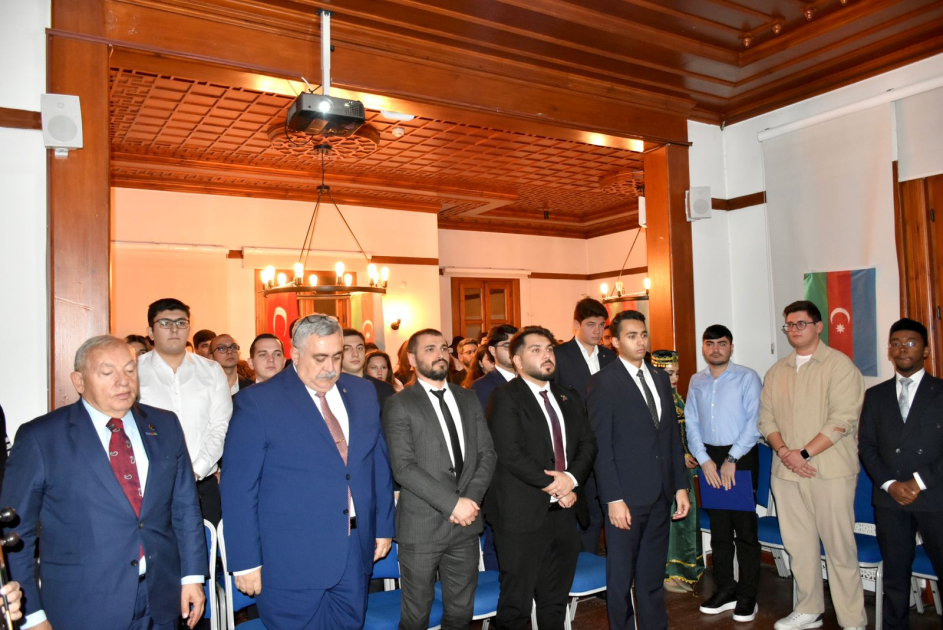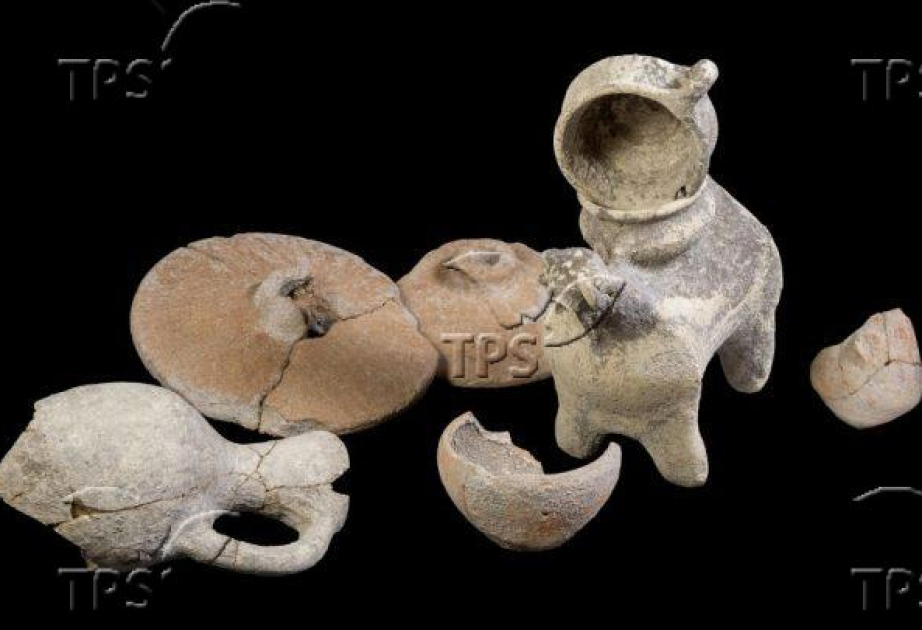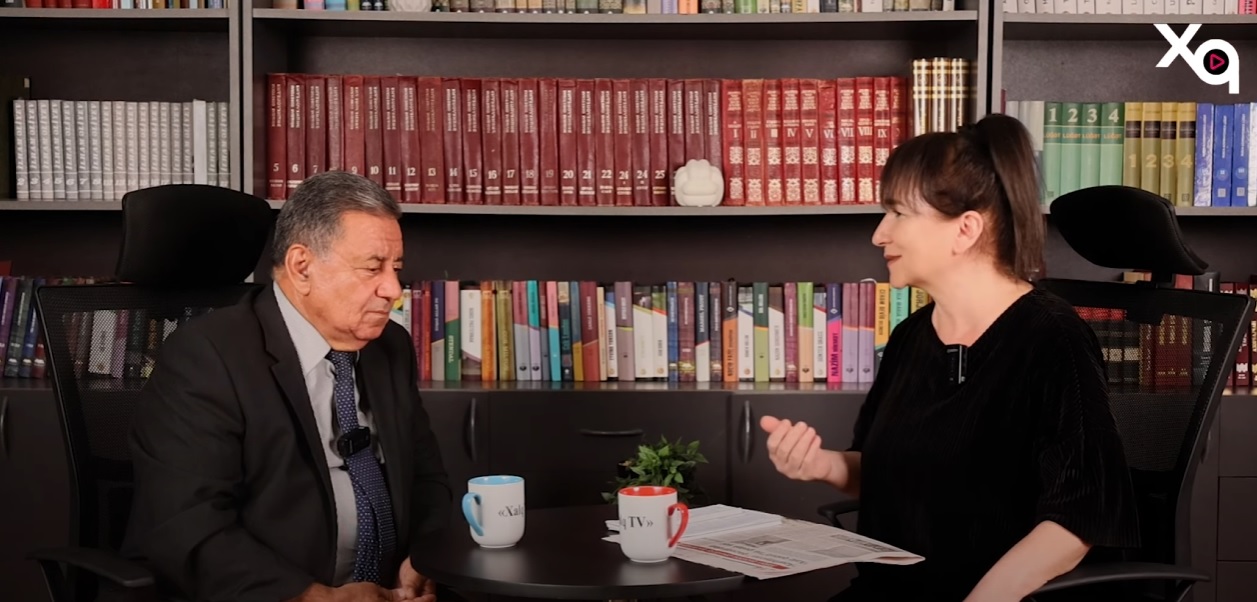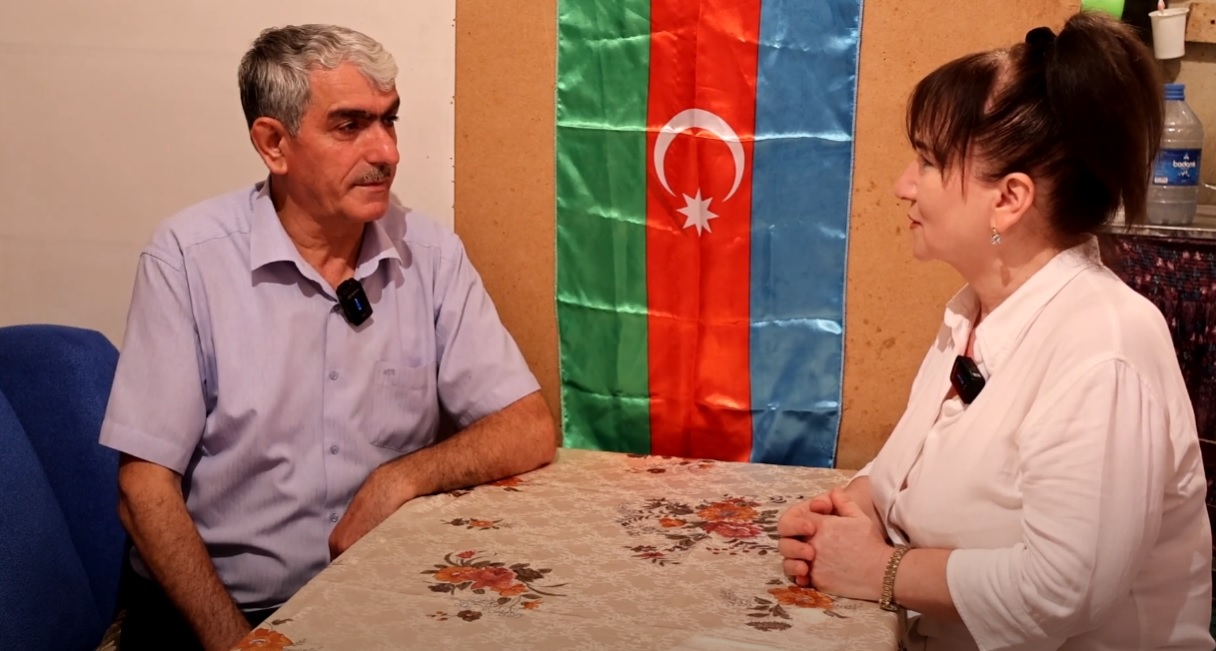Jerusalem Post
ByPESACH BENSON/TPS
The Israel Antiquities Authority has launched a new database holding over three million historically significant records
The Israel Antiquities Authority launched the Israel National Archaeological Database, a major digital platform that makes decades of archaeological research accessible to anyone in the world, on Tuesday. Described as one of the largest online archives of its kind, the database contains nearly four million records and consolidates a vast range of materials, from ancient coins and pottery to scrolls, jewelry, and architectural elements.
The platform currently holds 3,910,005 records, including 964,393 cataloged objects, more than 1.2 million images, 15,164 3-D models, and thousands of excavation reports and archival documents. By centralizing all these findings in a single digital space, the Antiquities Authority has effectively transformed access to Israel’s rich and complex historical heritage.
Researchers and the general public, whether in Israel, Italy, or India, can now explore the database using smart search tools by site, period, type of artifact, or even by marking a location on an interactive map. The map-based search instantly returns all relevant information, from professional publications and photographs to 3-D scans and excavation reports.
Israel is one of the most archaeologically rich countries in the world, with sites spanning tens of thousands of years, from prehistoric settlements to classical civilizations. The best-known sites include excavations at Jerusalem’s Temple Mount; the Masada fortress overlooking the Dead Sea; Tel Megiddo, a UNESCO World Heritage Site; and Qumran, where the Dead Sea Scrolls were discovered.
“In a country with a rich heritage like Israel, a huge collection of archaeological information from all periods has been collected over the years,” said Alby Malka, Head of the Technologies Division at the Israel Antiquities Authority
“By Israeli law, every archaeological find must be reported, documented, and deposited in the National Archives. As a result, data constantly gathers from hundreds of thousands of ancient items. A national archaeological database, which gathers and makes all this knowledge accessible both to the public and to researchers, is a tool of paramount importance for scientific research, for preserving the country’s heritage, and for deepening public knowledge,” Malka explained.
The archive is a global asset to the field of archaeology
“This database represents a real revolution. Any researcher anywhere in the world – and indeed any interested person – can type in a single word or mark a point on the map and receive all the available collected information in seconds. This is truly a transformative leap forward that puts Israel at the forefront of global archaeological research,” he added.
Dr. Débora Sandhaus, Chief Scientist of the Israel Antiquities Authority, said, “The Israel National Archive for Archaeology is not only a treasure for Israel, but a global asset. It gives the international scientific community unique access from any computer in the world to vast knowledge about the history of the Levant, enabling large-scale comparative studies that were never possible before.”
Among the best-known items discovered by Israeli archaeologists are the Dead Sea Scrolls; the Aleppo Codex, one of the oldest and most authoritative manuscripts of the Hebrew Bible; the Ossuary of James, a 1st-century CE bone box inscribed with ‘James, son of Joseph, brother of Jesus,’ which has stirred debate about early Christianity and archaeology; Roman and Byzantine shipwrecks off the coast of Haifa and Caesarea; and prehistoric tools found in the caves of Mount Carmel.
“Israel has been a crossroads of civilizations for thousands of years. This database preserves and reports all traces of human activity – from ancient religions to cultures and societies that once flourished here,” said Antiquities Authority director Eli Escusido. “The online National Archive embodies a universal template that makes our human heritage accessible to researchers and the general public worldwide. It is a model of transparency, professionalism, and global collaboration.”


.jpg)


















